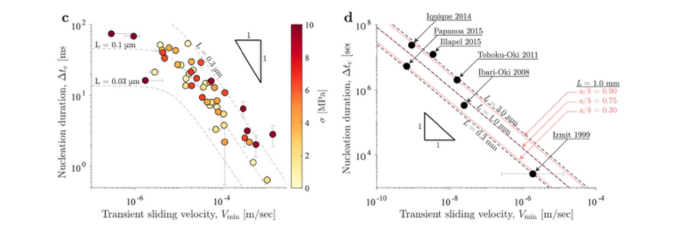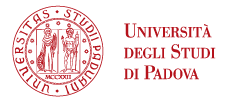
From foreshock to mainshock: transient sliding velocity sets nucleation timestyle
François Passelègue – Géoazur, CNRS, Nizza | Giovedì 16 ottobre 2025 | ore 16,30 - Aula Arduino
16.10.2025
Coseismic rupture is commonly preceded by stable fault slip, which may accelerate into dynamic rupture as the slip front reaches critical velocities. However, the physical conditions that govern this nucleation process remain poorly constrained.
Classical theoretical frameworks typically neglect perturbations such as foreshocks, yet these may critically influence rupture evolution. Here, we present laboratory experiments that generate dynamic rupture events exhibiting nucleation phases with durations spanning two orders of magnitude. When nucleation onset is associated with a foreshock, its size reliably constrains the transient sliding velocity between the foreshock and the ensuing mainshock. This transient velocity, in turn, governs both the size and duration of the nucleation phase in both experimental and natural earthquakes.
Our results align with a theoretical framework based on a rate-dependent Griffith-like equation of motion, formulated using rate-and-state friction, and controlled by two key parameters: a characteristic impulse and overstress. Notably, we demonstrate that, depending on these governing parameters, a foreshock may alternatively lead to either arrested nucleation and no mainshock rupture, or merge directly into the mainshock. Moreover, this framework enables inversion for key fault friction parameters governing earthquake nucleation.





